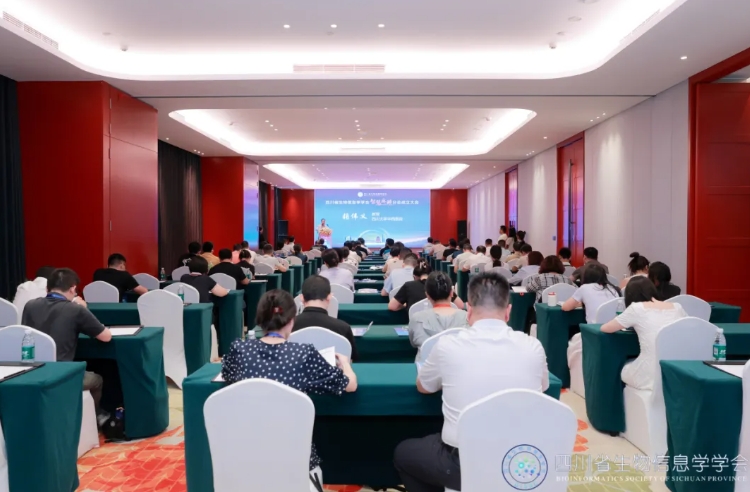【Organizational Construction + Meeting Dynamics】The First Academic Conference of the Sichuan Province Bioinformatics Society's Smart Anesthesia Branch Was Successfully Held!
On August 30th to 31st, 2024, the establishment ceremony of the Smart Anesthesia Branch of the Sichuan Province Bioinformatics Society and its first academic conference were successfully held in Chengdu. The conference gathered many experts and scholars in the fields of anesthesiology, bioinformatics, and related areas to witness the establishment of the Smart Anesthesia Branch and to have in-depth exchanges on the latest research results and future development directions in the field of smart anesthesia.
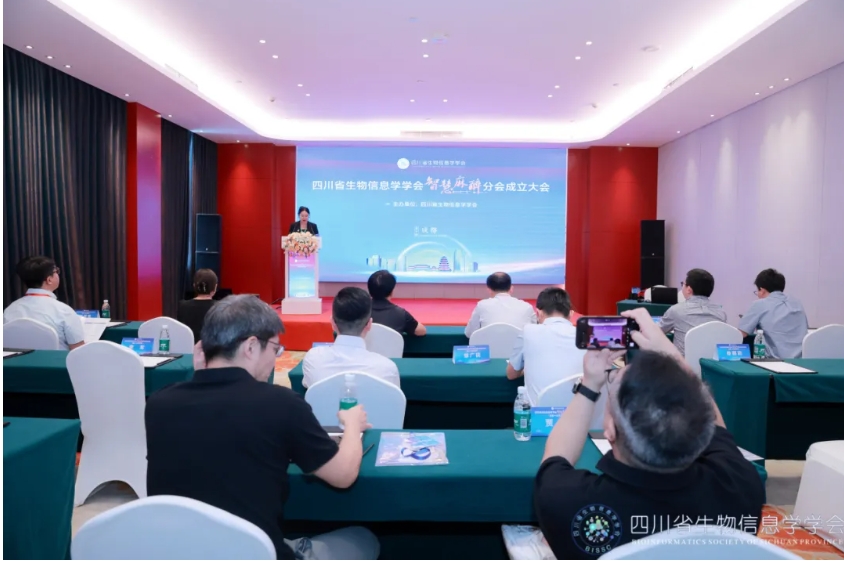
First, Professor Zhang Weiyi introduced the preparatory work of the branch in detail. The preparation for the Smart Anesthesia Branch began to be planned and arranged in 2020. After several years of careful preparation and active promotion, the branch finally came to fruition this year, realizing a transformation from concept to reality. During the preparation process, the branch received strong support and positive response from all sides. In addition, the registration for the branch was also very enthusiastic. Many experts in bioinformatics, anesthesiology, and artificial intelligence showed a strong interest in the emerging field of smart anesthesia and registered to participate in the branch, hoping to exchange academic achievements and share clinical experiences on this platform.

Next, Zhou Jue Qiao, the deputy secretary-general of the Sichuan Province Bioinformatics Society, reported on the candidate recommendations and qualification review for the committee members, ensuring the fairness of the election.

Then, under the witness of all committee members, scrutineers, and counters, the first session of the standing committee members, the director, and deputy directors were elected, marking the official establishment of the Smart Anesthesia Branch of the Sichuan Province Bioinformatics Society!
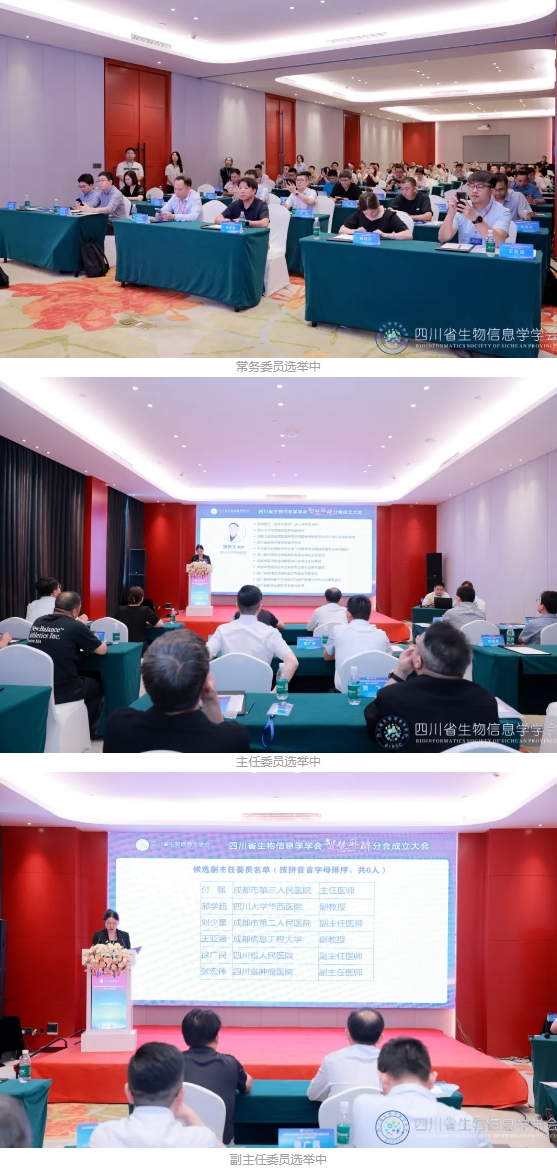
Following, the elected director of the branch, Professor Zhang Weiyi, delivered a speech.
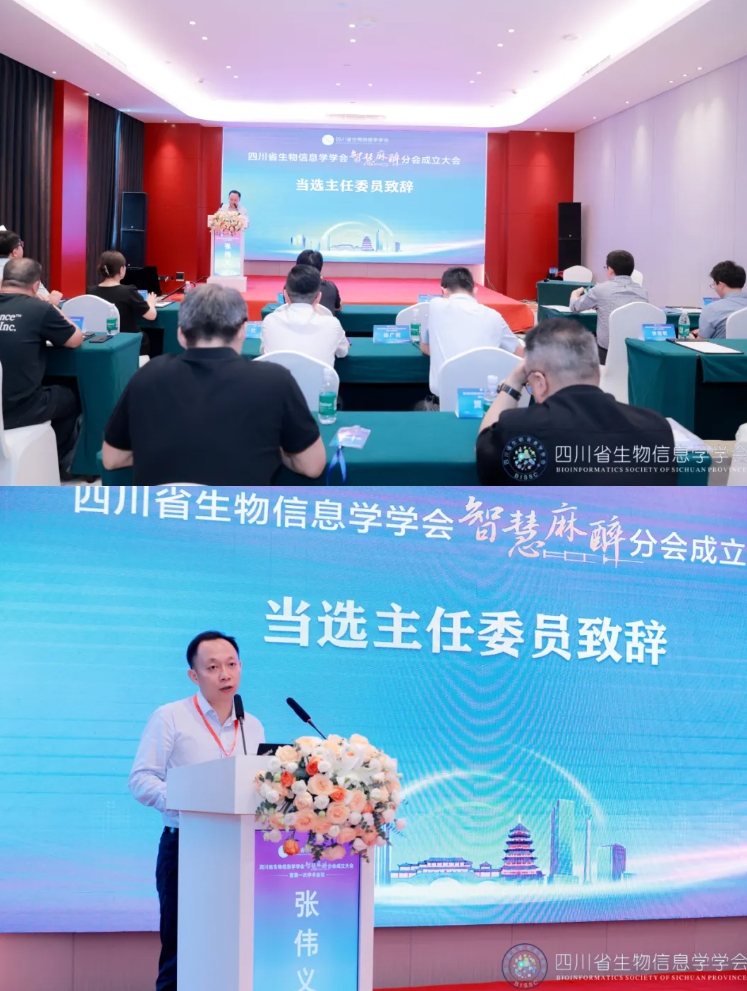
Professor Zhang Weiyi mentioned that the establishment of the Smart Anesthesia Branch is a milestone in the development of the anesthesiology discipline. It not only signifies further specialization and systematization of the field in Sichuan Province and across the country but also indicates that smart anesthesia technology will provide patients with more precise and safe medical services. He emphasized that as the head of the branch, he will shoulder the responsibility of leading the development of the branch, committed to promoting academic exchanges, technological innovation, and talent training in the field of smart anesthesia.

Next, the president of the society, Professor Shen Bairong, awarded the branch with a plaque and issued a letter of appointment to the director, and the deputy secretary-general, Teacher Zhou Jue Qiao, issued a letter of appointment to the deputy directors. This is not only a recognition of the newly appointed leadership team of the director but also a firm commitment to the future development of the society.
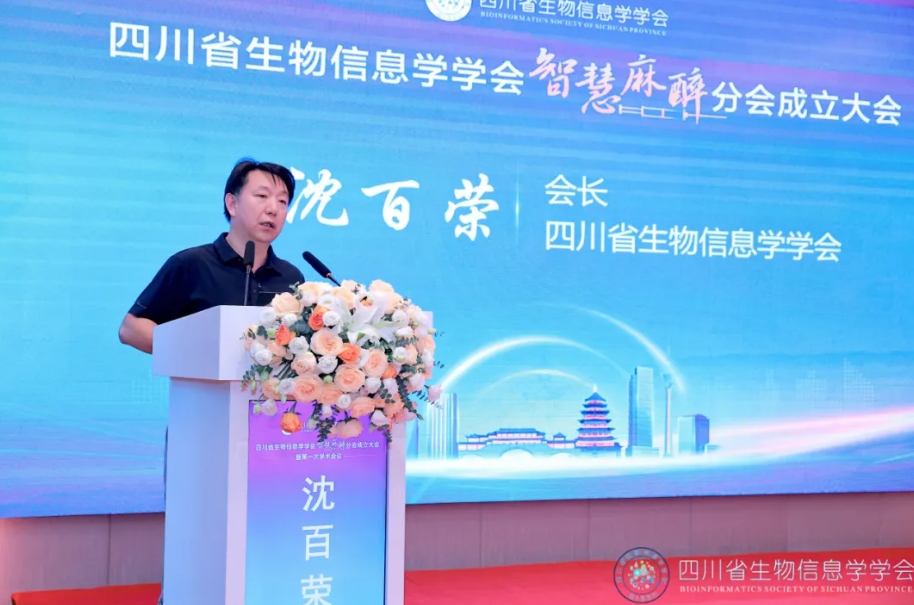
Then, the president of the society, Professor Shen Bairong, delivered a speech. In his speech, Professor Shen Bairong particularly emphasized the importance of cooperation and innovation in promoting the development of the discipline. He pointed out that the establishment of the Smart Anesthesia Branch will provide a platform for experts and scholars in anesthesiology to exchange ideas, share experiences, and explore cooperation. Through this platform, experts and scholars can learn from each other, inspire each other, and jointly promote the research and practice in the field of smart anesthesia to continue to move forward.
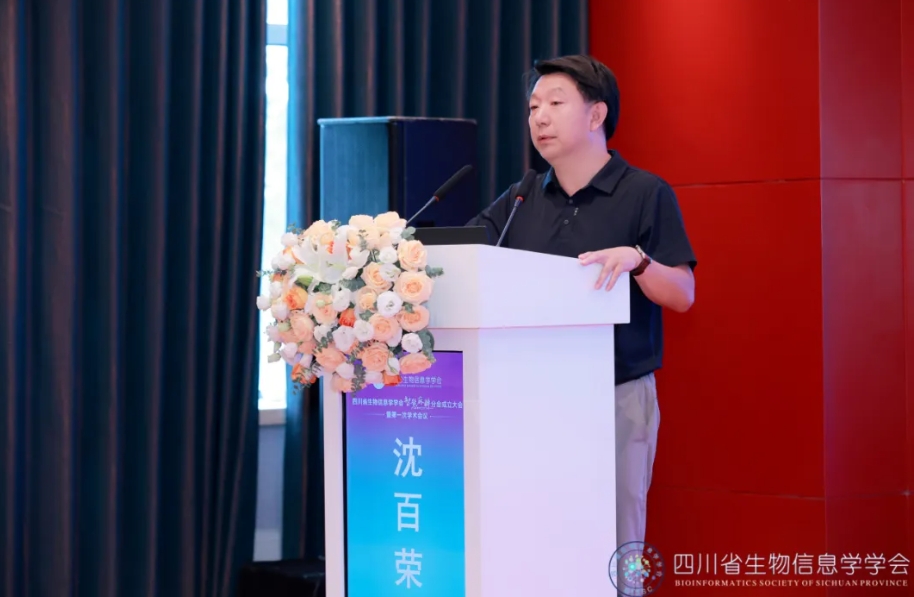
Professor Shen Bairong's speech has illuminated the direction for the future development of the branch, inspiring the experts and scholars present to devote themselves to the research and practice in the field of smart anesthesia with more enthusiasm and firmer conviction.

After that, a group photo was taken for all the participants to commemorate this beautiful beginning.

After the tea break, a plenary session was held, with all committee members participating to contribute ideas and strategies for the development of the branch.
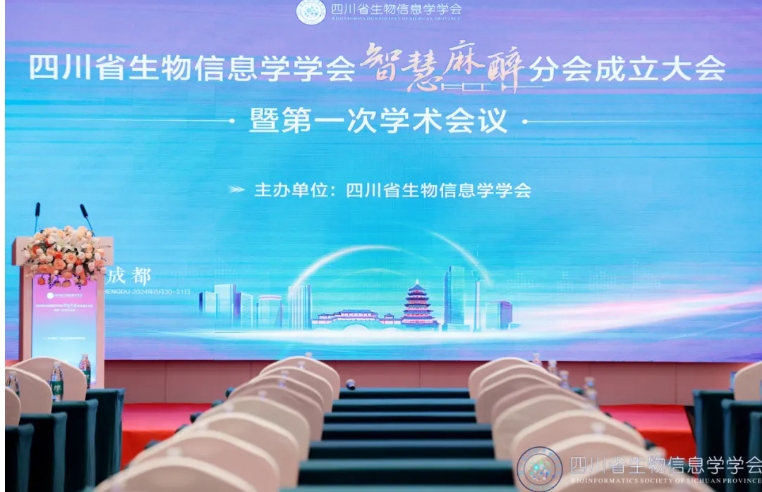
As the first day of the conference came to a successful end, we welcomed the first academic conference of the Smart Anesthesia Branch of the Sichuan Province Bioinformatics Society. On the new day, experts and scholars continued to discuss and exchange in-depth, jointly promoting academic research and clinical practice in the field of smart anesthesia.
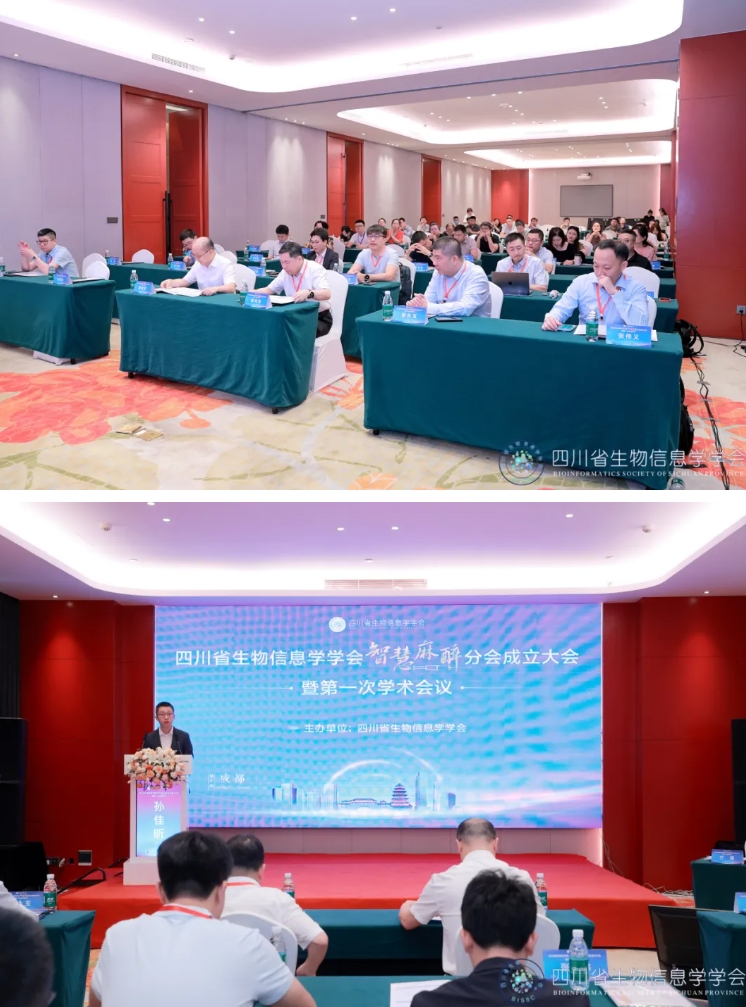
With thunderous applause, the first academic conference of the Smart Anesthesia Branch officially began.

Secretary-General Zeng Guojun first delivered an opening speech, on behalf of the Sichuan Province Bioinformatics Society, he expressed warm congratulations on the establishment of the Smart Anesthesia Branch, emphasizing the importance of cooperation between the branch and the society, pointing out that this cooperation will inject new vitality into the development of smart anesthesia. He mentioned that by strengthening exchanges and cooperation, knowledge and experience can be shared, promoting the progress of academic research and clinical practice. Secretary-General Zeng encouraged members of the branch to actively participate in the activities of the society, and through more exchanges, strive to improve the overall level of smart anesthesia.
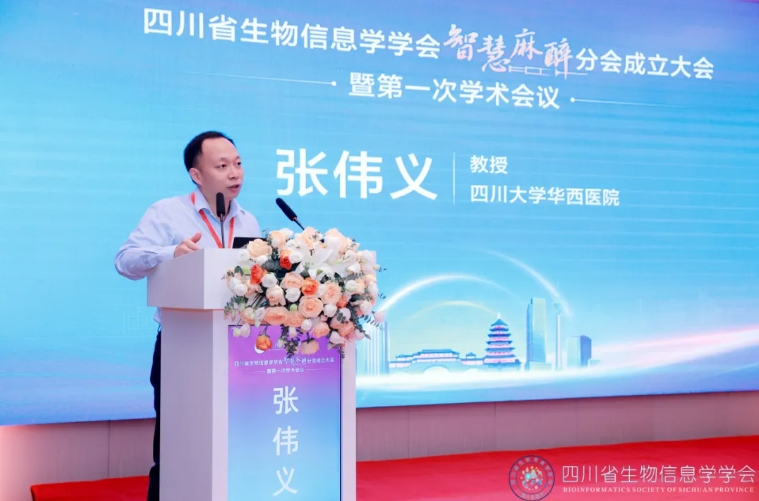
Professor Zhang Weiyi expressed his heartfelt thanks in his speech for the establishment of the branch. He mentioned that the establishment of the branch is the result of the joint efforts of all members. The anesthesiology department is an important part of the hospital's operation, which not only ensures the safety and pain-free of surgical patients but also plays a crucial role in intensive care, pain management, and emergency medicine. He looked forward to the branch promoting the innovation and application of related technologies, improving the safety of anesthesia.

Professor Zhu Tao delivered an online speech, first congratulating the establishment of the branch, then sharing research experience in the field of smart anesthesia, and proposing unique insights into future research directions and clinical applications. He called on experts and scholars attending the conference to actively participate in the activities of the branch, to promote innovation and development in the field of smart anesthesia through exchanges and cooperation. Professor Zhu's speech was full of longing for the future of smart anesthesia and support for the work of the branch.
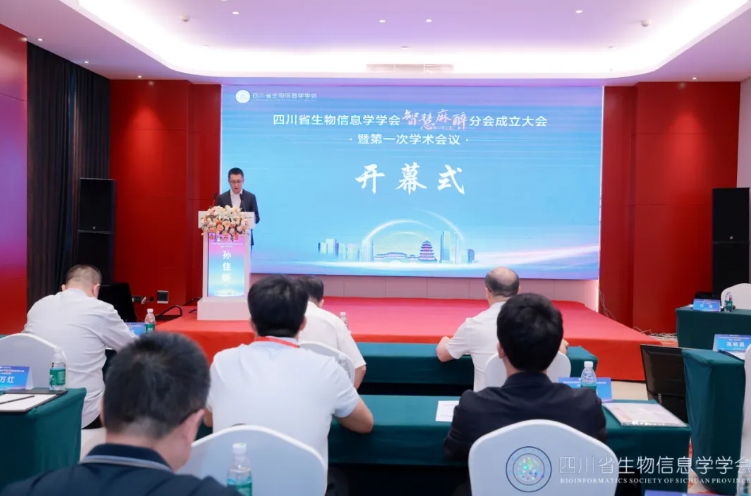
The speeches of the three representatives not only laid a solid foundation for the smooth progress of the conference but also inspired the participants with unlimited imagination for the development of the field of smart anesthesia, injecting momentum and innovative vitality into the branch.

On the morning of August 31st, six experts shared their insights.
Professor Chen Xiangdong shared his in-depth thinking on perioperative digital management. He elaborated on how to use modern information technology to optimize the management process of the perioperative period. Professor Chen proposed that through intelligent monitoring and data analysis, it is possible to more accurately assess the preoperative risks of patients, adjust intraoperative management strategies in real-time, and provide personalized care plans for postoperative recovery.
Professor Yin Wanhong introduced the latest research results on visual organ blood flow dynamics and organ protection. He demonstrated how to monitor and assess the blood flow dynamics of organs in real-time through a series of innovative visualization technologies, which is of great significance for guiding clinical decision-making, optimizing surgical operations, and protecting organ functions.
Professor Si Yongyu discussed the mission and tasks of the anesthesiology discipline under new circumstances. He pointed out that in the context of the rapidly changing medical environment, the anesthesiology discipline faces unprecedented challenges and opportunities.
Professor Zhang Weiyi shared the progress of clinical research and application of digital therapy in the perioperative period. He introduced in detail the application of digital therapy in preoperative assessment, intraoperative management, and postoperative recovery, and how to optimize the perioperative experience of patients through mobile health applications, remote monitoring, and data analysis, and demonstrated the potential of digital therapy in improving patient participation, reducing postoperative complications, and improving long-term outcomes.
Professor Zhang Hongwei conducted a special report on the theme of myocardial injury after non-cardiac surgery. Professor Zhang first outlined the epidemiology, pathophysiological mechanisms, and clinical significance of myocardial injury after non-cardiac surgery. Then, he led the experts present in discussing how to prevent and treat myocardial injury through preoperative risk assessment, intraoperative monitoring, and postoperative management. Professor Zhang emphasized the importance of multidisciplinary collaboration in optimizing patient outcomes and proposed future research directions.
Professor Wang Yaqiang conducted a special report on the framework, model, and empirical research of postoperative risk prediction enhanced by retrieval. He pointed out that accurate risk assessment is of great significance for formulating personalized treatment plans, improving patient outcomes, and optimizing the allocation of medical resources. Then, he detailed the retrieval-enhanced risk prediction framework developed by him and his team. This framework integrates clinical data, literature, and expert knowledge, using machine learning algorithms to build predictive models to improve the accuracy and reliability of postoperative risk prediction.
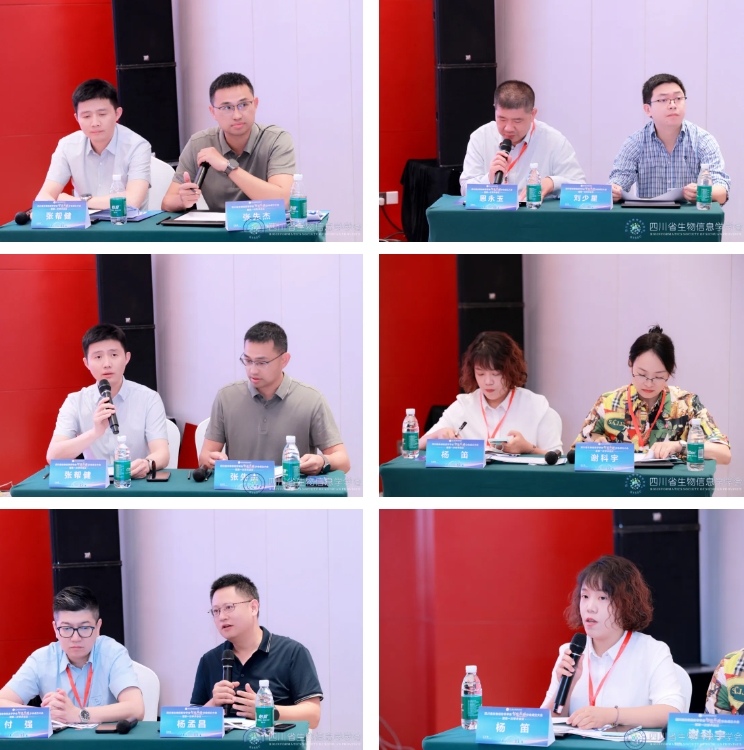
After the lunch break, the academic conference continued, with eight experts sharing in the afternoon.
Professor Zhu Tao conducted an in-depth discussion on the practice and transformation research of perioperative digitalization at West China Hospital. He first outlined the concept of perioperative digital management, that is, optimizing the medical process and improving the quality of patient care through digital and intelligent technologies. He then emphasized the potential of digital practice in improving medical service efficiency, reducing medical errors, and improving patient outcomes. He also shared how West China Hospital has transformed research results into clinical practice and how these transformation studies have promoted the overall improvement of the hospital's medical service quality.
Professor Zhang Hongwei introduced the development and clinical application of the 3D tracheal structure reconstruction and the automatic comparison system for double-lumen tracheal tube 3D images. He detailed the advantages of this system in enhancing the safety and efficiency of tracheal intubation, as well as its potential applications in complex airway management. Furthermore, he discussed how to further optimize the system's performance and expand its application in clinical practice in the future.
Professor Yang Lei shared the establishment and application of the Chinese Surgical Anesthesia Cohort (CSAC). This is crucial for understanding the epidemiology of surgical anesthesia, assessing the quality of anesthetic practices, and guiding future clinical research. He provided a detailed account of the construction process of CSAC, including the collection, management, and analysis of patient data. Through specific research cases, he demonstrated how CSAC helps researchers explore new issues in surgical anesthesia and discover new clinical knowledge.
Professor Liu Shaoxing discussed perioperative temperature monitoring and management. He pointed out that temperature management is crucial for the safety of surgical patients and their postoperative recovery, especially in preventing hypothermia during surgery and postoperative complications. Professor Liu shared the latest temperature monitoring technologies and effective temperature management strategies, emphasizing the role of personalized temperature management in improving patient comfort and outcomes.
Professor Gao Junjia explored the intelligent dynamic monitoring and regulation of basic life functions of the human body. He introduced how to use smart sensors and algorithms to monitor patients' vital signs in real-time, such as heart rate, blood pressure, and respiration, and how to analyze and respond to this data through intelligent systems. Professor Gao's sharing highlighted the potential of intelligent monitoring systems in improving the safety and quality of care for perioperative patients.
Professor Wang Yaqiang shared his research on perioperative risk prediction based on deep learning. He elaborated on how to apply deep learning models to analyze complex clinical data to predict the risks of patients during the perioperative period. Professor Wang's research demonstrated the significant role of artificial intelligence technology in improving the accuracy of risk assessment and guiding clinical decision-making.
Professor Liu Xianggen introduced the design method of new anesthetic drugs based on generative artificial intelligence. He explained the application of generative artificial intelligence in the field of drug discovery, especially how to use this technology to simulate and predict the structure and activity of drug molecules in anesthetic drug design.
Professor Xu Guangmin conducted an in-depth analysis of the re-understanding and prevention and treatment strategies for intraoperative hypotension. He first provided a comprehensive explanation of the mechanisms, risk factors, and potential impact on patient outcomes of intraoperative hypotension, then further discussed current prevention and treatment strategies, including pharmacological interventions, fluid management, and advanced hemodynamic monitoring techniques. He emphasized the importance of personalized and goal-oriented treatment in preventing and treating intraoperative hypotension and shared the latest research findings and clinical practice experience.

With the grand establishment of the Smart Anesthesia Branch of the Sichuan Province Bioinformatics Society and the successful conclusion of the academic event that followed, we are given a glimpse into the magnificent future of the development of the anesthesiology discipline. The birth of the branch and the smooth progress of the academic conference, like bold strokes on a vast canvas, together outline the grand vision for the future development of the anesthesiology field, showing a future full of hope, innovation, and collaboration. We firmly believe that under the leadership of the branch, the anesthesiology discipline will continue to forge ahead, providing patients with higher quality and safer medical services, and ushering in a more brilliant tomorrow!
